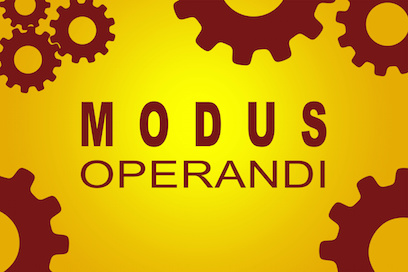At the start of a break during the workday, I have the idiosyncratic practice of reading one paragraph of Ayn Rand’s non-fiction. This is an example of a highly tailored tactic to help with a problem that many people have: breaks take over the work day. Let me explain why this tactic works for me, and then how you could find a corresponding tactic that works for you.
I created this tactic because I wanted some way to be more intentional in my breaks. I was finding that my breaks were going on too long. I’d read a bit of the newspaper, and suddenly discover I’d spent 20 minutes reading — far longer than I intended.
I tried to make a highly self-aware decision about what to do at the beginning of the break — but that just didn’t work. At the start of a break, I would be a little tired, and so I couldn’t count on having the mental energy to make a good decision from scratch. I decided I needed a default activity — something that is a no-brainer for me — that could help guide me to use my time better.
Reading a paragraph of Ayn Rand’s nonfiction turned out to be perfect for this purpose. It’s short and easy, but it demands attention. One of four things would happen:
-
- If the effort to concentrate on her words felt wrenching, I was too tired to read a paragraph. This meant that I needed rest — probably an actual nap — not the newspaper, not a fiction break, not food. When I am too tired to concentrate, I am at risk of wasting a lot of time. If I were to start any other kind of break, I would lack the energy to monitor it appropriately, and likely it would not revive me sufficiently to go back to work. The absolute best thing for me to do in such a situation is to lie down and close my eyes. Reading a paragraph of Ayn Rand turned out to be a good test of whether I was in that risky state.
- If the writing was absorbing, I would continue to read Ayn Rand for my break. I re-read the Ayn Rand corpus regularly. I always have a new insight. The challenge is to find a time when I have the mental energy to pay attention to her words. Reading one paragraph of Ayn Rand turned out to be a good test of whether I was up to reading more.
- If after reading a paragraph, I was interested in doing something else, I would do that. Maybe it would be reading the newspaper, maybe reading a different nonfiction book, maybe taking a walk. Knowing I had passed the basic concentration test, I could be confident that the break wouldn’t get out of hand.
- If I was too distracted to read a paragraph, then there was something preying on my mind. I needed to journal about the issue. Any other kind of break could easily turn into an escape.
As I said, this tactic is highly idiosyncratic. Unless you are a devoted student of Ayn Rand, it would not be appropriate. But you could find your own default activity for the beginning of a break. Here are the requirements:
-
- It needs to be extremely short — less than 2 minutes.
- It needs to be something you are almost always interested in doing.
- It needs to be something mentally stimulating without being addictive — so you would not be tempted to spend the rest of the day on it.
Here are some ideas (other than reading): doing a specific stretch, exercise, or meditation, doing a 2-minute emotional check-in.
What I don’t recommend are: checking email, neatening your desk, or any other activity that can draw you in and kill your break!
This is a great tactic for me, that helps me stay on top of my breaks much better. Ironically, I had dropped it somewhere along the way and forgotten about it. In my blog post “Turn Your Good Intentions into a Manifesto,” I share how I reinstated it, using another tactic which helps me keep top issues top of mind.









0 Comments